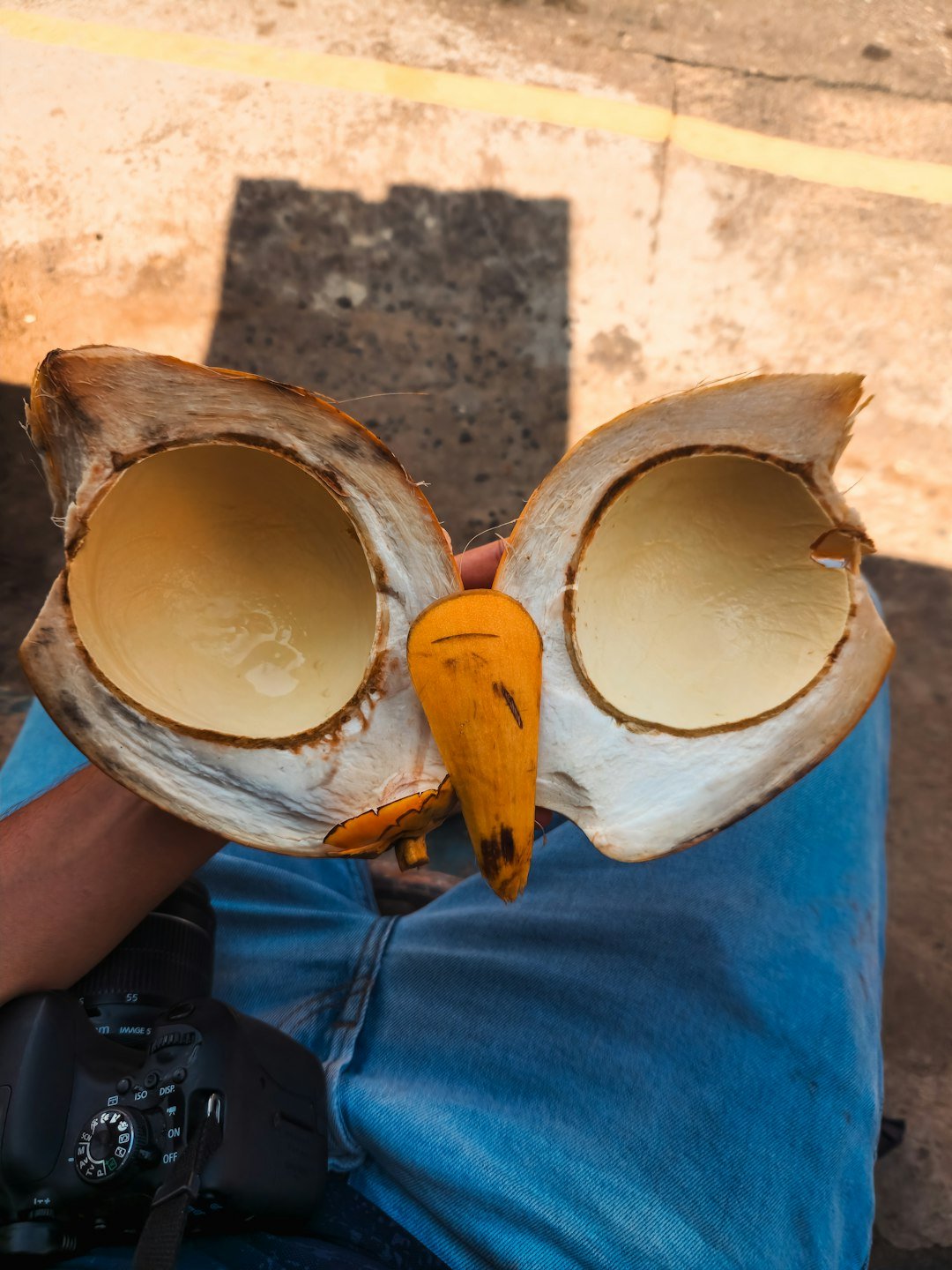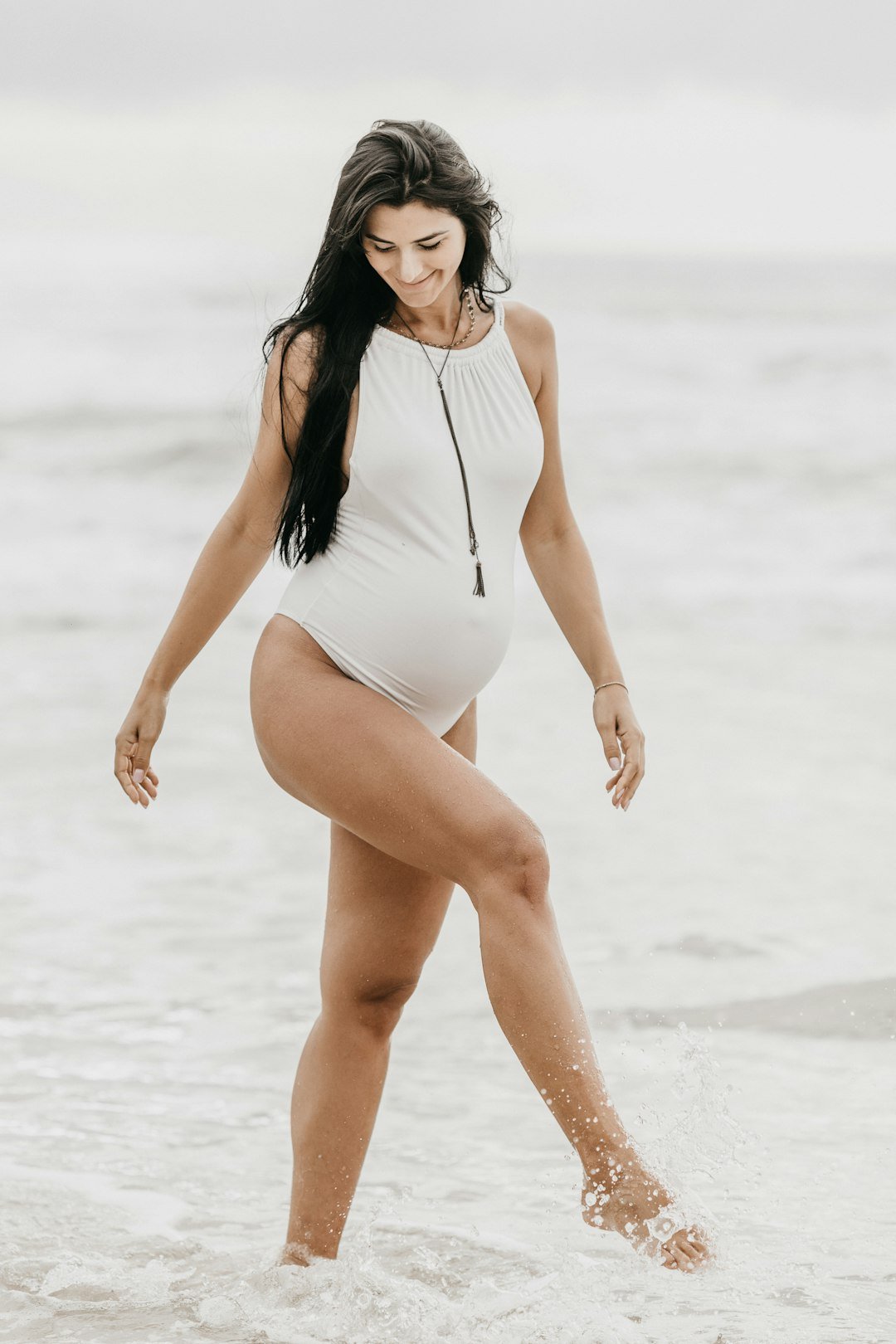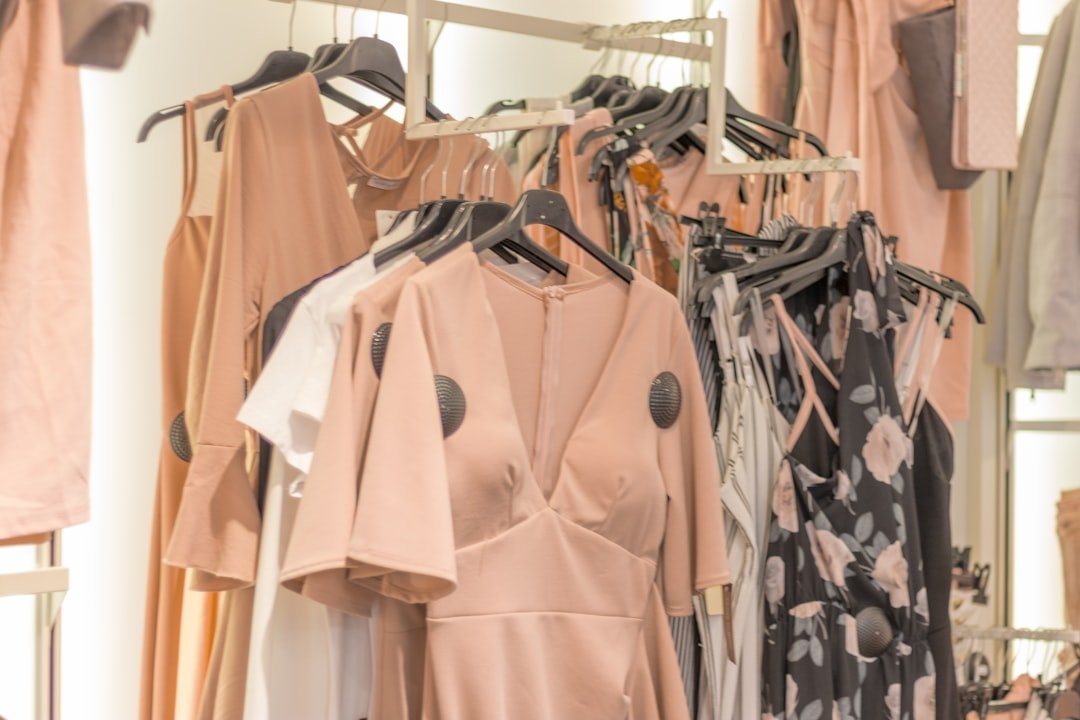
Introduction: The Emergence of Sustainable Fashion
In the past few years, the fashion landscape has experienced a significant pivot towards sustainability. With environmental issues increasingly taking center stage in global discussions, the fashion sector—recognized as one of the primary culprits of pollution—is embracing a vital change. Eco-conscious brands are at the forefront of this movement, not only advocating for ethical fashion choices but also redefining our perception of style. What does it mean for fashion to be eco-friendly, and why has it become critical in contemporary society? Join us as we delve into the journey of sustainable fashion and highlight the brands that are making impactful strides.
Understanding Eco-Friendly Fashion
Eco-friendly fashion encompasses garments and accessories crafted with a focus on minimizing environmental harm. This includes the use of sustainable materials, waste reduction, and ethical manufacturing practices. However, sustainability in fashion extends beyond environmental considerations; it also encompasses fair labor practices, responsible sourcing, and an awareness of a garment’s entire lifecycle.
What Does Sustainability Mean in Fashion?
The notion of sustainability in fashion is intricate and multifaceted, transcending the mere use of organic cotton or recycled polyester. It involves producing goods in a manner that safeguards the planet and the individuals involved in the production process. This can include efforts to lower carbon emissions during manufacturing, utilizing natural dyes, and ensuring that products are designed for durability, thereby decreasing the need for frequent replacements.
The Growth of Ethical Consumerism
Ethical consumerism has surged as shoppers increasingly demand transparency from their favorite brands. Today’s consumers are interested in the narratives behind their clothing: Where was it produced? Who was involved in its creation? What are its environmental effects? This evolving consumer mindset is compelling brands to implement more sustainable practices to maintain their relevance in the market.
Driving Forces Behind Eco-Friendly Fashion Trends
A variety of factors have fueled the ascent of eco-friendly fashion. Let’s examine the most significant drivers.
The Environmental Impact and Climate Change
The fashion sector is a significant source of carbon emissions, water pollution, and waste. Studies reveal that it accounts for approximately 10% of global carbon emissions. As awareness of climate change grows, consumers are increasingly gravitating towards brands that prioritize sustainability, thus aiding in the reduction of the fashion industry’s detrimental impact on the environment.
Consumer Interest in Sustainable Options
With a growing consciousness about environmental challenges, many consumers are actively searching for eco-friendly alternatives. Individuals are now inclined to buy less frequently, but when they do, they want to ensure that their purchases reflect their values—be it through organic, recycled, or ethically sourced products. Brands catering to these preferences are tapping into an expanding market niche.
The Influence of Social Media and Opinion Leaders
Social media platforms and influencers have been instrumental in propelling the eco-friendly fashion movement forward. Through channels like Instagram, TikTok, and YouTube, eco-aware influencers are educating their audiences about sustainable fashion. They advocate for ethical brands, provide styling advice, and highlight the environmental costs associated with fast fashion.
Pioneering Eco-Friendly Fashion Brands
Let’s shine a light on some trailblazing brands that are redefining the eco-friendly fashion landscape.
Patagonia: A Leader in Sustainable Practices
Patagonia has established itself as a forerunner in sustainable fashion. Renowned for its dedication to recycled materials, lifetime warranties, and fair labor practices, the brand has set an exemplary benchmark for others in the industry. Patagonia’s commitment extends beyond its product offerings, as it actively supports environmental activism and conservation efforts worldwide.
Everlane: Championing Transparency and Ethics
Everlane prides itself on its radical transparency policy. The company discloses the actual costs associated with producing each item, from labor to material expenses, enabling consumers to appreciate the true value of their purchases. Everlane collaborates with factories that adhere to strict ethical standards, ensuring fair wages and safe working environments for all employees.
Reformation: Stylish and Sustainable
Reformation is celebrated for its fashionable designs coupled with a strong commitment to sustainability. The brand utilizes eco-friendly materials such as organic cotton, linen, and Tencel. Additionally, Reformation actively monitors and works to reduce its carbon footprint, making it a frontrunner in the sustainable fashion sector, particularly among younger audiences.
Stella McCartney: Where Luxury Meets Sustainability
Stella McCartney has long been an advocate for sustainability within the luxury fashion realm. The brand’s dedication to ethical production, cruelty-free materials, and zero waste practices is evident in its upscale collections. By demonstrating that sustainability can harmoniously coexist with luxury, McCartney has opened doors for other designers to follow in her footsteps.
Allbirds: Revolutionizing Footwear with Sustainability
Allbirds has transformed the footwear market by incorporating sustainable materials like merino wool and eucalyptus. Their shoes are not only stylish and comfortable but also crafted with environmental considerations in mind. Allbirds exemplifies that eco-friendliness does not necessitate sacrificing style or quality.
The Business Model of Eco-Friendly Fashion
What underpinning business model supports the flourishing of eco-friendly brands in today’s marketplace?
Embracing a Circular Economy
A fundamental aspect of sustainable fashion is the circular economy. This model emphasizes designing products for durability, reuse, and recycling. Brands like Patagonia and Reformation are leading this initiative by providing repair services, advocating for garment recycling, and minimizing waste through intentional design practices.
Prioritizing Ethical Sourcing and Labor
Another critical component is the focus on ethical sourcing. Numerous eco-friendly brands ensure that their materials are responsibly sourced and collaborate with factories that uphold fair wages and maintain safe working conditions. By fostering transparency, these brands cultivate consumer trust and promote a more equitable fashion industry.
Challenges Facing Eco-Friendly Fashion
Despite the increasing appeal of sustainable fashion, the industry grapples with its share of challenges and critiques.
Greenwashing: An Alarming Trend
Greenwashing refers to the misleading practice whereby brands falsely portray themselves as environmentally friendly without implementing genuine sustainable measures. This has become a pressing concern, with some companies capitalizing on the eco-conscious movement without enacting any real change. As consumers grow more discerning, transparency remains essential for brands striving to uphold their credibility.
Cost Barriers and Accessibility Issues
Eco-friendly fashion often comes with a higher price tag due to the expenses linked to sustainable materials and ethical labor practices. While this represents an investment in quality, it can limit accessibility for certain consumer groups. Nonetheless, as the demand for sustainable options rises, there is hope that prices will become more competitive, making eco-friendly fashion available to a broader audience.
Looking Ahead: The Future of Sustainable Fashion
As we look to the future, several trends have the potential to shape the landscape of eco-friendly fashion.
Advancements in Materials and Fabrics
The exploration of innovative sustainable materials, including plant-based leathers, biodegradable textiles, and recycled fibers, is rapidly advancing. These developments will not only lessen environmental burdens but also provide consumers with increased options in both style and comfort.
Collaborative Efforts for Enhanced Impact
We are witnessing a rise in collaborations among fashion brands, activists, and various sectors to create a more significant impact. By working together, brands can enhance their initiatives and steer the industry toward broader sustainable practices on an international scale.
Conclusion: The Enduring Importance of Eco-Friendly Fashion
Eco-friendly fashion is more than just a fleeting trend; it is a vital response to the escalating environmental crisis and evolving consumer expectations. As more brands integrate sustainable practices and consumers become increasingly mindful of their choices, the fashion industry is poised for ongoing transformation. The future promises a fashion world where style, ethics, and sustainability coexist harmoniously.
Frequently Asked Questions
- What constitutes eco-friendly fabrics?
Eco-friendly fabrics are materials derived from sustainable sources or produced through methods that minimize environmental impact, with examples including organic cotton, hemp, and recycled polyester. - Is sustainable fashion typically more costly?
Indeed, eco-friendly fashion often comes with a higher price point due to the expenses related to sustainable materials and ethical production practices. Nonetheless, many view it as a long-term investment. - What does the term “greenwashing” signify?
Greenwashing refers to the situation where a company claims to be environmentally friendly yet fails to implement authentic sustainable practices, often misleading consumers through marketing tactics. - How can I cultivate a more sustainable wardrobe?
Begin by investing in eco-friendly brands, minimizing fast fashion purchases, and recycling or repurposing old clothing items. - Are luxury brands embracing sustainability?
Yes, numerous luxury brands, including Stella McCartney and Gucci, are integrating sustainable practices into their operations, demonstrating that luxury and sustainability can indeed go hand in hand.


